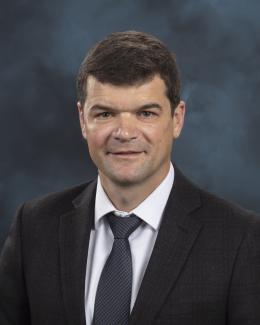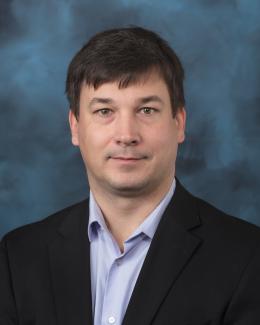Abstract
Transitioning to multi-material systems as either interfaced 2D materials or 3D heterostructures can lead to the next generation multi-functional device architectures. Combined direct physical and chemical nanoscale control of these systems offers a new way to tailor material and device functionality as functional structures reach their physical limit. Transition metal thiophosphate (TPS), Cu1-xIn1+x/3P2S6, that have ferroelectric polarization behavior as layered crystals at room temperature and above make them attractive candidates for direct material sculpting of both chemical and functional properties. The bulk material exhibits stable ferroelectric polarization corroborated by domain structures, rewritable polarization, and hysteresis loops. Our previous studies have demonstrated that ferroic order persists on the surface and that spinoidal decomposition of ferroelectric and paraelectric phases occurs in non-stoichiometric Cu/In ratio formulations. Here, we elucidate the chemical changes induced through helium ion irradiation in the TPS family library with varying Cu/In ratio formulations using correlated AFM and ToF-SIMS imaging. We correlate nano- and micro- structures that scale, in area and volume, to the total dose of the helium ion beam, as well as the overall copper concentration in the sample. Furthermore, our ToF-SIMS results show that ion irradiation leads to oxygen penetration as a function of Cu concentration, and proceeds along the Cu domains to the stopping distance of the helium ions in the TPS material. These results opens up new opportunities to understand and implement ferroicly coupled van der Waal devices into an existing framework of 2D heterostructures by locally tuning material chemistry and functionality.






